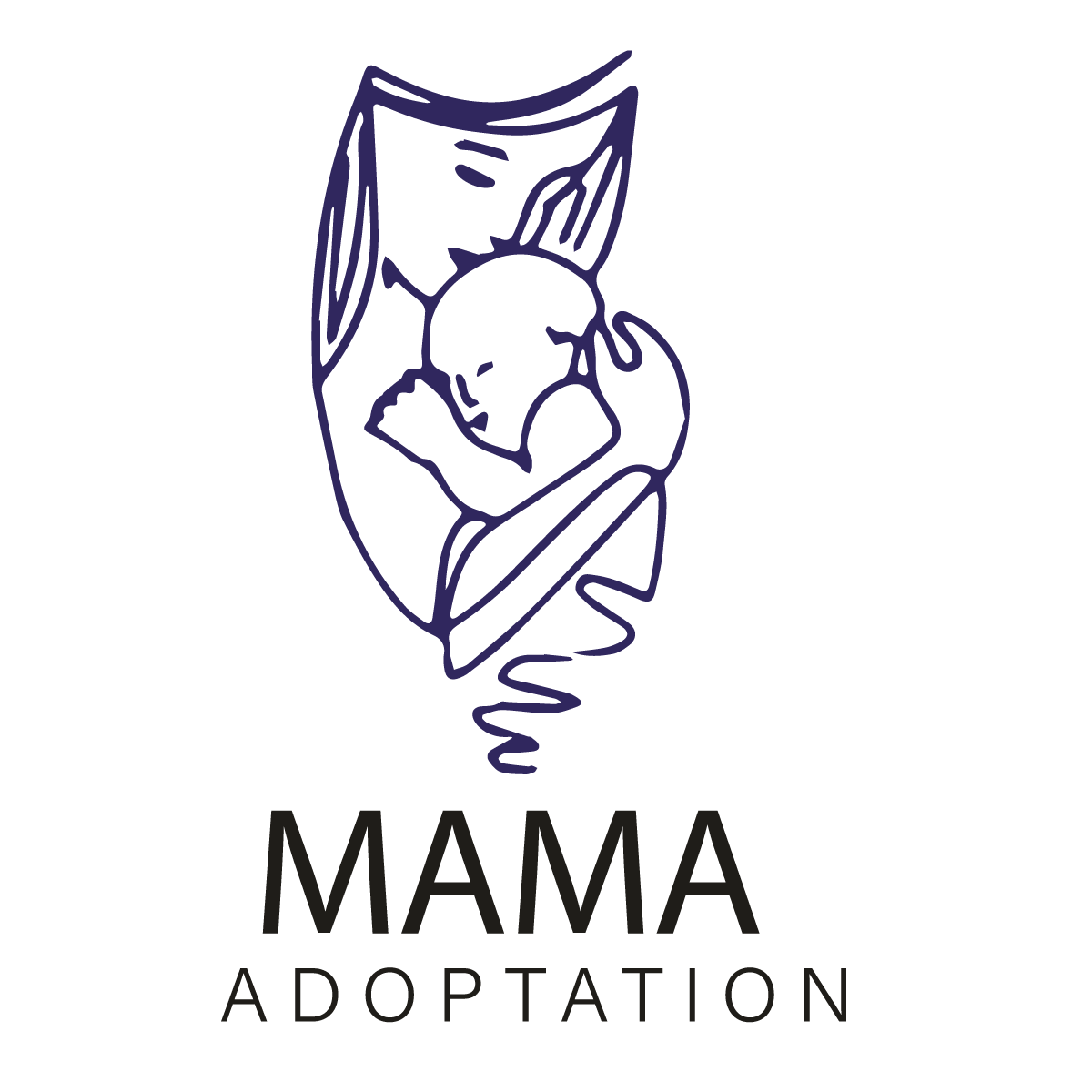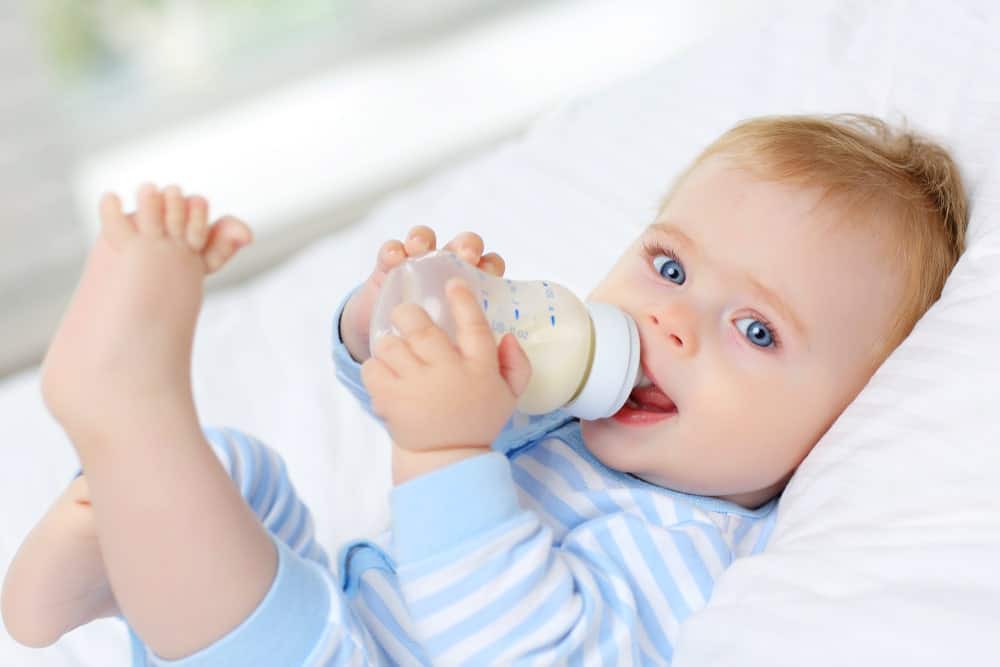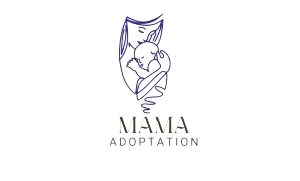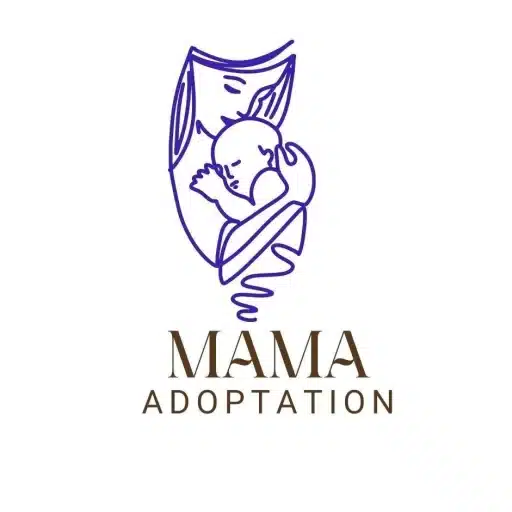How to Warm Baby Bottles: As a new parent are you also struggling with achieving the perfect bottle temperature? Fear not! We are here with an expert detailed guide on how to warm baby bottles for your little one. It’s a happy occasion to welcome a new family member, and parents should prioritize their comfort. Properly warming and preparing a baby’s bottle is an important part of their needs. In this blog, we will discuss all the ins and outs of warming baby bottles. We will also highlight the common mistakes made by new parents and empower you with the knowledge to create a safe nurturing feeding environment for your baby.
- Understanding Baby Bottle Temperature Guidelines:
- Purpose Of Warming Baby Bottles:
- Methods of Warming Baby Bottles:
- Safe Bottle Warming: Precise Guide For Parents
- The Risks of Overheating Baby Bottles
- Which Bottle Warming Method is Safe and Effective?
- Best Practices for Warming Baby Bottles:
- Advantages and Disadvantages of Baby Bottle Warmer:
- Frequently Asked Questions:
- Conclusion:
Understanding Baby Bottle Temperature Guidelines:
Before moving on to methods of warming baby bottles, it is essential to understand the recommended feeding temperature range. The ideal temperature for baby formula or breast milk is around body temperature, which is roughly 37°C (98.6°F). This temperature deliberately embodies the glow of breast milk and guarantees that the sensitive structure of the baby’s stomach will not be disturbed. Adhere to the specific recommendations provided by the formula or breast milk manufacturer for warming temperatures
Purpose Of Warming Baby Bottles:
The purpose of warming baby bottles is:
- Comfort,
- Digestion
- Mimic body temperature
- Formula Solubility
- Facilitating Nutrient Absorption
Methods of Warming Baby Bottles:
Parents need to be aware of different methods of warming baby bottles. A 2019 study shows that 78% of parents use some form of bottle warmers. We’ll show you the safest and most effective ways to warm baby bottles.
1- Warm Water Bath:
One of the safest ways to warm a baby bottle is to use a hot shower. Fill the bottle with warm (not hot) water. Before putting the bottle in the water, make sure the water level is below the cap of the bottle. Let the bottle sit for a few minutes until it reaches the desired temperature. Turn the bottle gently to distribute the heat evenly.
2- Microwave:
Heating baby bottles in the microwave is not recommended, as this can cause temperature fluctuations, creating problems that can stress your baby and mouth. Microwave heated milk can have hot spots up to 149° F potentially burning a baby’s mouth. Additionally, the microwave can make you think twice about breast milk or formula supplements. Use safer techniques such as hot water showers or jar warmers.
3- Room Temperature Feeding:
If you use the equation, consider mixing it with room-temperature water. This eliminates the need to heat the jar, especially if you are in a hurry. It is a useful and effective option for busy guardians.
4- Choose the Right Bottle:
Before starting the warming process, it is important to choose the right bottle for the baby. Choose dishes suitable for breastfeeding and prescription care. Also, ensure the jar is made of materials suitable for heating, such as glass or sans BPA plastic.
5- Bottle Warmers:
Putting resources into the hot pot can be a unique advantage for caregivers. These devices are designed for fast and even heating of dishes. Follow the manufacturer’s instructions for warming your bottle and always check the temperature of the milk before you start feeding your baby.
5- Use a Thermometer:
You can improve your well-being by considering using a thermometer to check the temperature of the milk. The ideal temperature for breastfeeding is around 37 °C (98.6 °F). This ensures the milk is not too hot or cold for your baby.
6- Shake and Test:
After heating, shake the container gently to mix the milk well. Test the temperature by placing a few drops on your wrist. It should feel slightly warm, not hot. If it is too hot, let it cool for a few moments before handling it.
Also Read: Do You Need a Baby Bottle Warmer? (Pros, Cons, Alternatives)
Safe Bottle Warming: Precise Guide For Parents
Parents play a crucial role in ensuring the safe and effective warming of baby bottles. Here’s how:
- Parents should be informed of recommended temperature recommendations that minimize the use of unsafe heating methods.
- Selection of quality bottle materials and heaters ensures that tools meet safety standards for even and safe heating.
- Establishing a bottle-warming routine promotes predictability and provides comfort for both parents and babies during feeding.
- Active monitoring of the heating process, temperature testing, and regulation methods reflect a caring parental approach to ensuring that the milk is safe for the baby.
- For nursing parents, adopting gradual warming techniques demonstrates a commitment to preserving the nutritional value of breast milk for the baby and overall health.
With these activities, parents actively participate in creating a safe, comfortable, and caring feeding environment for their babies that promotes positive and healthy feeding.
Also Read: Why Does The Baby Bottle Nipple Collapse? (Plus, How To Fix It!)
The Risks of Overheating Baby Bottles
Overheating baby bottles poses risks:
- Burns baby’s mouth.
- Digestion issues arise.
- Nutrient loss is possible.
- Temperature shock discomfort.
Which Bottle Warming Method is Safe and Effective?
There are a variety of methods for warming your toddler bottle, each with its strengths and weaknesses:
1- The Gentle Bottle Heating:
Method: Boil water in a pot or cup, immerse the bottle and keep waiting.
Benefits: Economical, no stress on milk and temperature control is convenient.
Drawbacks: Laborious (5-10 min) and calls for continuous monitoring.
2- The Speedy Stream Method:
Method: Pour hot water directly onto the bottle, swirling as you go.
Benefits: Quick (about 2 minutes), easy, no specialized equipment required.
Drawbacks: Needs constant flow of water, runs a high risk of overheating without proper care.
3. The Electric Expert:
Method: Employ a specialized steam or water bath bottle warmer.
Benefits: The precise temperature regulation, which is comfortable and hands-free often includes a timer.
Drawbacks: Costliest, some are either bulky or sluggish.
4. The Portable Bottle Warming:
Method: Travel bottle warming bags that are used from an adapter car or a portable battery power.
Benefits: Suitable for trips, offers warmth throughout the day and is often insulated.
Drawbacks: Poor temperature adjustment, need more purchasing and charging.
Also Read: Can You Return Baby Bottle: A Comprehensive Guide
Best Practices for Warming Baby Bottles:
1- Avoid Boiling:
Boiling baby bottles is not recommended due to possible damage. High temperatures can damage the nutritional value of breast milk or infant formula. In addition, boiling can cause uneven temperatures, creating hot spots that can cause burns to the baby and the mouth. To ensure the safety of the baby and the preservation of important nutrients in the milk, it is recommended to choose gentler heating methods, such as hot water baths or special bottle warmers.
2- Shake Well After Warming:
After heating, shake the bottle well to distribute the intensity evenly throughout the milk. This training prevents problems and limits your child’s risk of an unreasonably hot liquid in one of the jugs. Careful shaking also ensures that the shine lasts, which is a joy to take care of the engagement. Always check the temperature on your wrist before offering the container to your child.
3- Check for Consistency:
Make sure the warming technique you choose is consistent to give your baby a recognizable bond. Different milk storage strategies can cause temperature fluctuations, so following a specific method ensures consistency. By performing a similar daily warm-up exercise, you will create a stable and comfortable atmosphere for your child at each treatment.
4- Clean Bottles Thoroughly:
Maintain proper cleanliness by thoroughly cleaning and disinfecting baby bottles before each use. Use a bristle brush and mild detergent to clean all parts, including surfaces and covers. This measure reduces the likelihood of bacterial contamination and ensures a clean and safe environment for feeding and heating.
Also Read: What Should I Do If A Baby Bottle Has Mold? Best Guide
Advantages and Disadvantages of Baby Bottle Warmer:
| Advantages | Disadvantages |
| Time-saving | Expensive |
| Consistency in temperature | Takes up counter space |
| Energy-efficient | Not suitable for all bottles |
| Easy to use | Can overheat milk |
| Convenient | Not portable |
Frequently Asked Questions:
Is it necessary to warm baby bottles?
It is not strictly necessary to warm baby bottles because some babies will drink milk at room temperature or slightly chilled. Be that as it may, numerous newborn children favour the solace of warm milk, like internal heat level. Eventually, the choice to warm jugs relies upon your child’s inclinations and taking care of propensities.
Is it safe to warm baby bottles in the microwave?
Microwaving is an option, but it must be done with care to avoid uneven heating. Before using a microwave, take out the bottle cap and any metal parts, and always test the temperature thoroughly.
Can I use hot tap water to warm baby bottles?
Utilizing hot faucet water isn’t suggested, as it might fluctuate in temperature and might prompt overheating. Warm running regular water is a more secure and more controlled choice.
Do I need to warm bottles for formula-fed babies differently than breastfed babies?
The suggested temperature is comparative for both bosom milk and equation, around internal heat level. Regardless of the source of nutrition, adhere to the same warming guidelines.
Conclusion:
Excelling at warming baby bottles is an essential expertise for caregivers that contributes to pleasant schedule care. By understanding the suggested temperature range, researching different heating techniques, and following best practices, you can ensure that your child’s pitcher is perfect every time. Creating a soothing and nurturing feeding environment will undoubtedly strengthen your relationship with your baby as you navigate the rewarding journey of parenthood.








